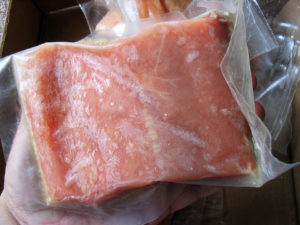
Superchilling extends shelf life, raises yields
Superchilling is the refrigeration of fish in which the flesh temperature is reduced several degrees below the freezing point, forming ice in the outer few millimeters of the fish.
For most mollusk resources, spat supply is not stable enough to sustain the growing industry. Competition for coastline space must also be considered.

Superchilling is the refrigeration of fish in which the flesh temperature is reduced several degrees below the freezing point, forming ice in the outer few millimeters of the fish.
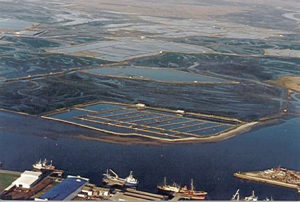
Most of the shellfish industry in Portugal is located on the country’s southern coast, where the production is dominated by the grooved carpet shell clam, followed by Japanese and Portuguese cupped oysters, and mussels.
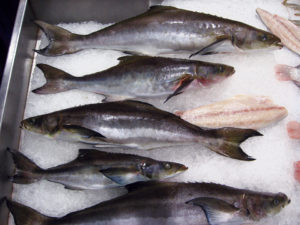
Cobia culture is dominated by the Asia Pacific region. Most culture is done in nearshore net pens, with trends also moving toward offshore pens and even intensive indoor systems. Vietnam is the largest market, while other markets relate to production levels.
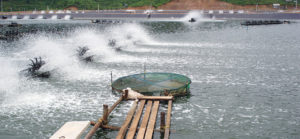
As economic benefits of selective penaeid shrimp breeding become more compelling, the shrimp industry will invest in breeding programs to produce genetically superior stocks.
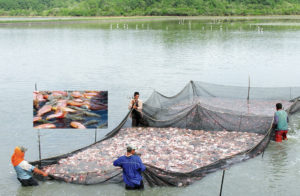
Tilapia culture in Ecuador is marked by vertically integrated companies that manufacture their own feeds and practice polyculture with Pacific white shrimp.
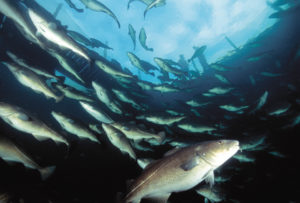
Norway’s groundfish-farming industry can deliver premium-quality products, but can it achieve economic sustainability, as well? Salmon feeding, quality and disease technology can not be fully transferred to cod.

For shipping temperature-sensitive seafood like pasteurized crabmeat, current guidelines have pointed to a HACCP critical control of no more than four hours at a temperature limit of 4.4 degrees-C during shipping and storage.
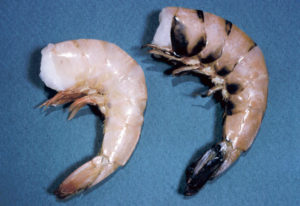
4-hexylresorcinol in a nonsulfite processing treatment against melanosis in crustaceans inhibits natural enzymes for shell hardening.
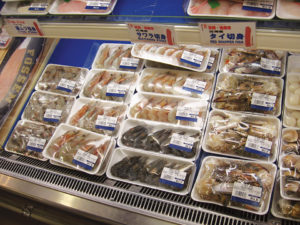
Seafood packaging must protect against dehydration, oxidation and contamination. Laminated materials allow a single film to provide gas permeability, heat sealing and flexibility at cold temperatures.
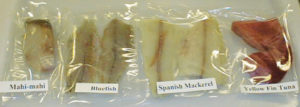
Ongoing research on seafood packaging systems is identifying the most effective packaging methods for different products. Some have longer shelf life while others do well with only basic wraps.
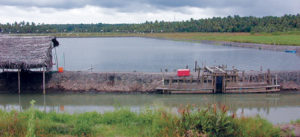
Based on seven basic principles, HACCP plans identify critical control points and critical limits, and establish monitoring methods, record-keeping procedures and appropriate corrective actions.
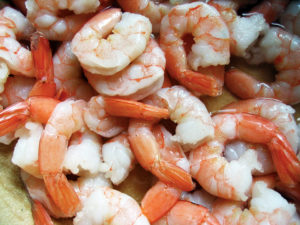
Properly used moisture-retention agents with salt protect the natural moisture levels of shrimp. The amount of sodium added to shrimp should be limited to that needed for good flavor and yield.

Freezing is a preferred method of preservation for shrimp because the sensory and nutritional quality of the food is maintained.
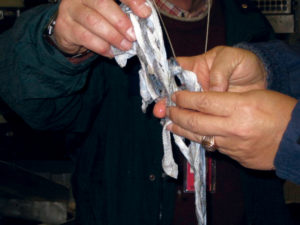
Fish skin can be processed into food-grade gelatin. Unlike gelatins made from cattle and pig skins, those from coldwater fish remain liquid when not refrigerated.
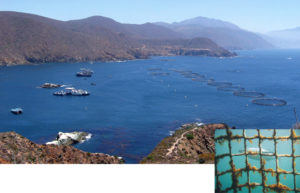
Tuna fleet relocation hurt Ensenada, Mexico. The response was bluefin tuna ranching, in which wild fish are caught and stocked into floating pens where they are fed until market size.